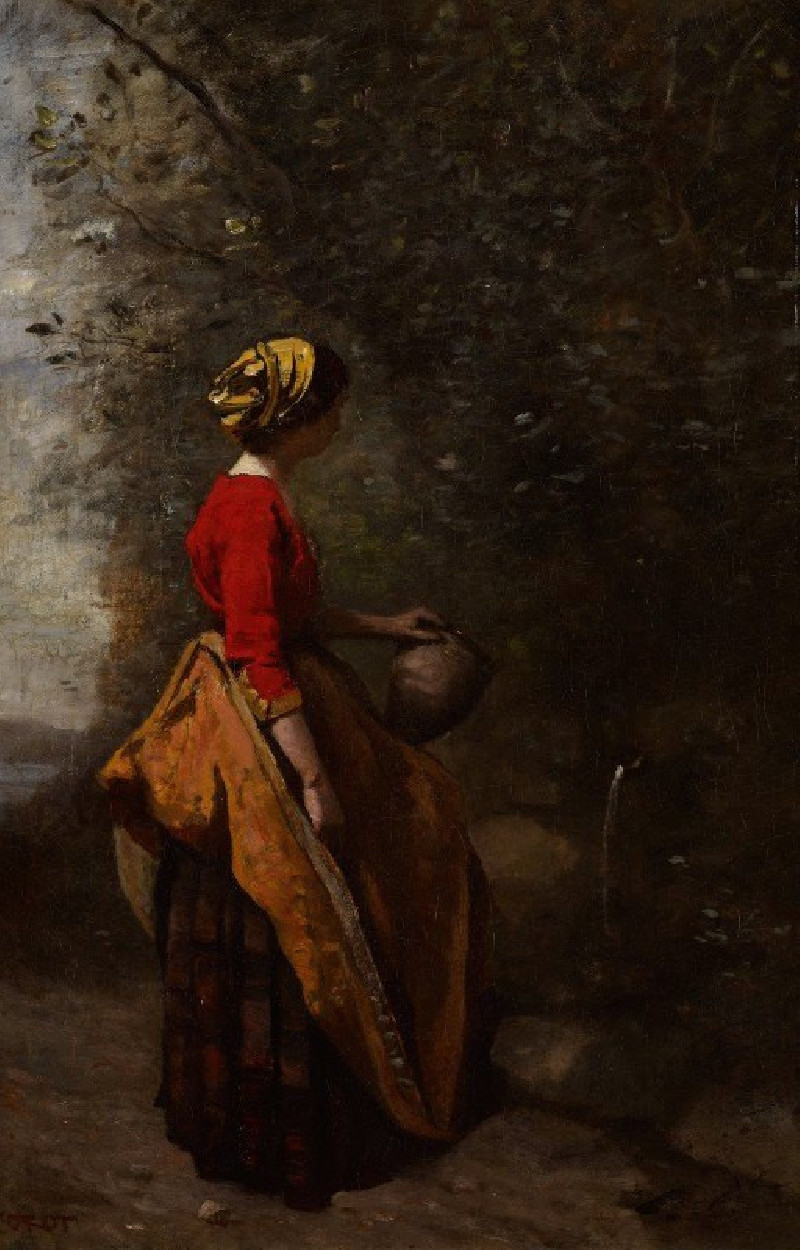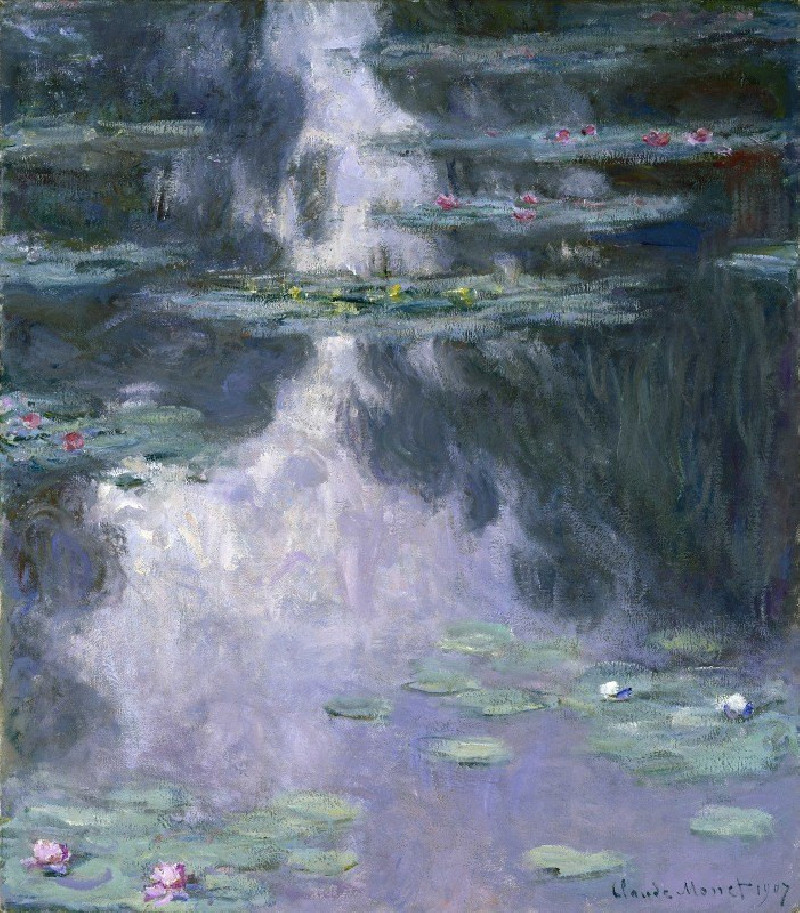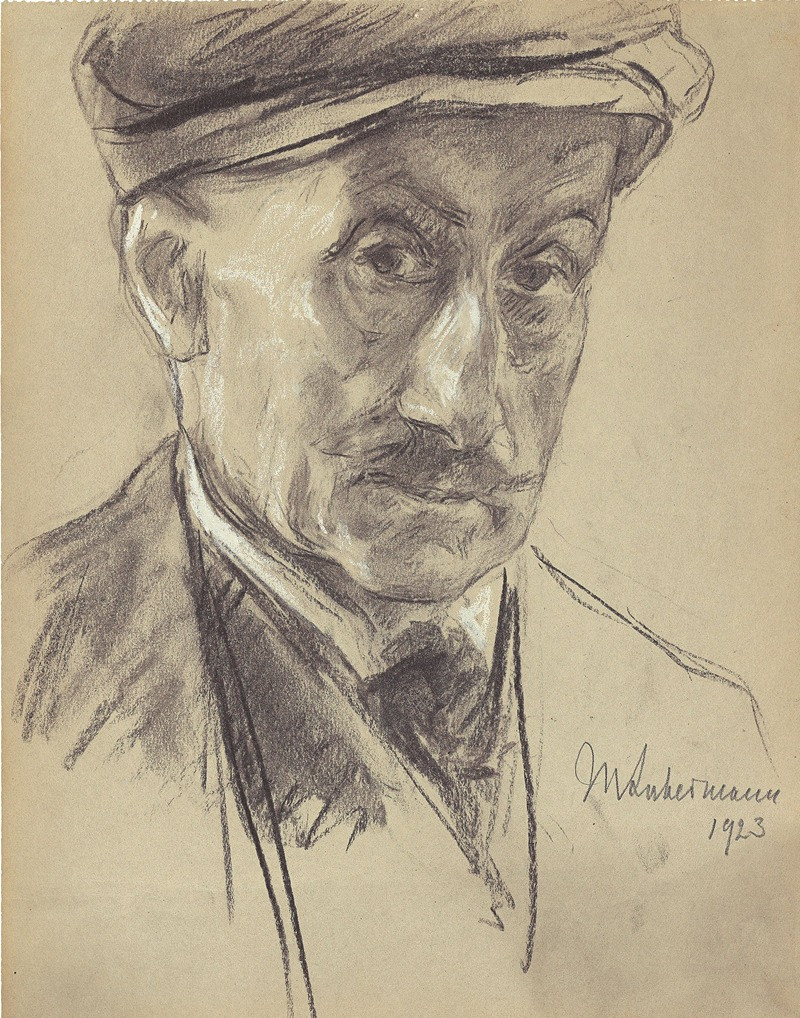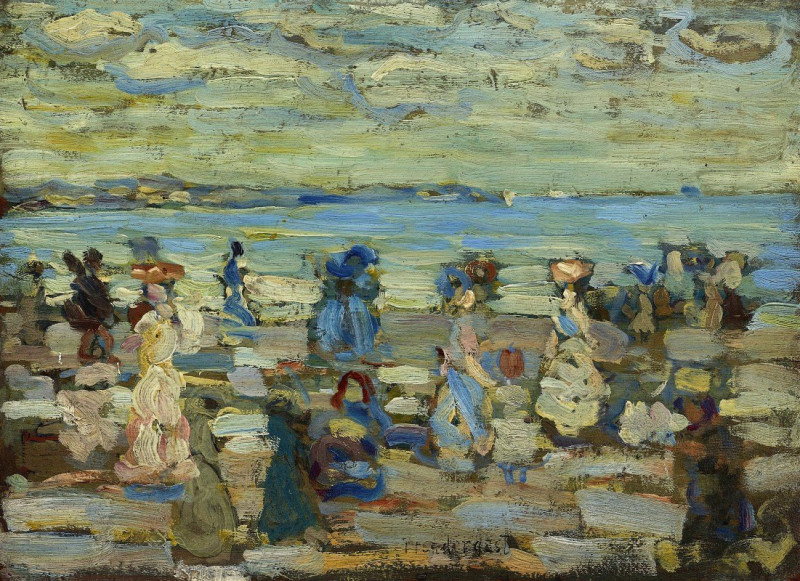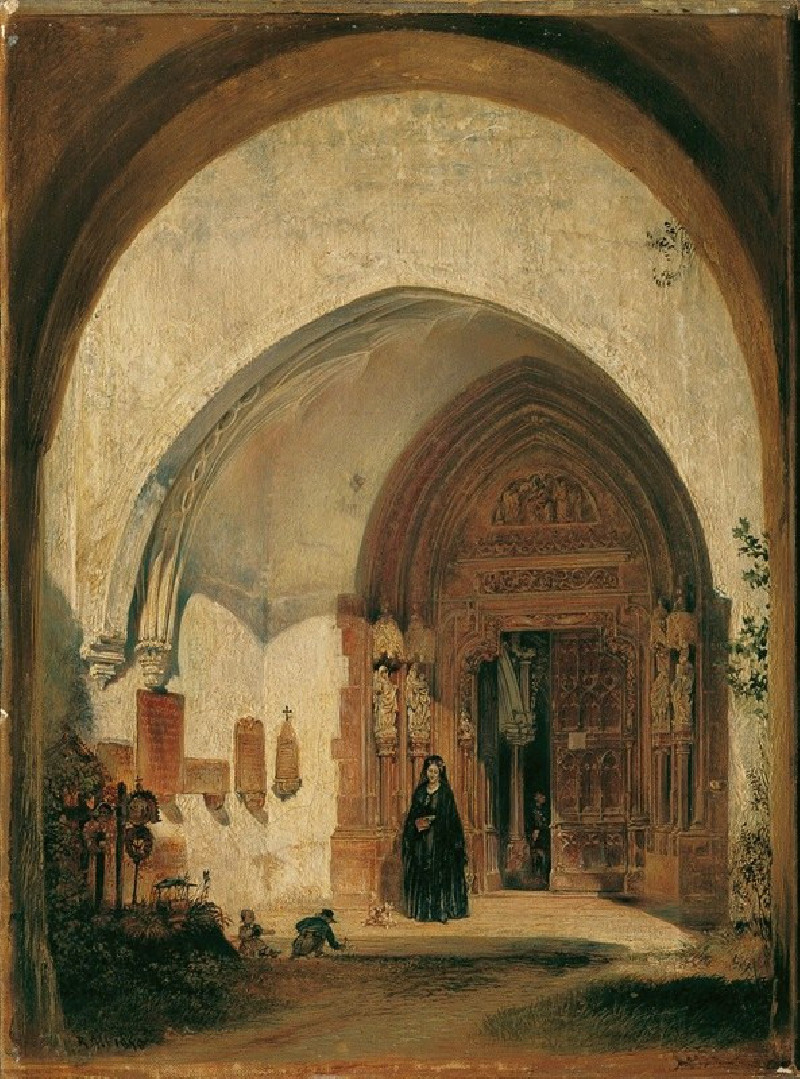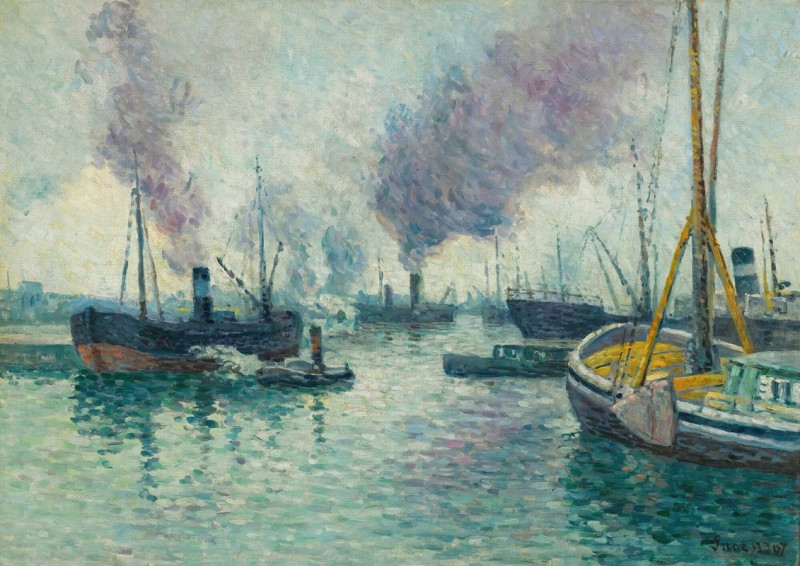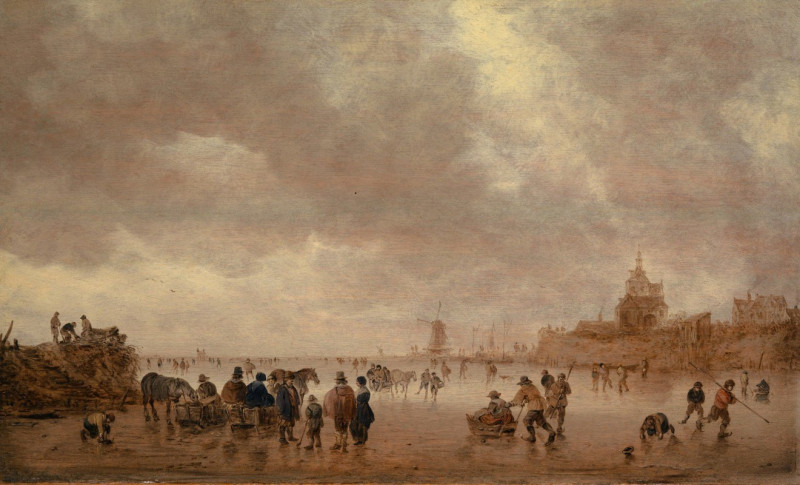Bedrängnis (1929)
Technique: Giclée quality print
Recommended by our customers
More about this artwork
The painting "Bedrängnis" by Karl Wiener, created in 1929, is an evocative and densely packed depiction that commands the viewer's attention both emotionally and visually. The artwork features a striking central figure—a young man with a penetrating gaze and glasses—who appears vividly detailed against a tumultuous backdrop of abstracted, entwined human forms and ethereal faces.This surreal and somewhat unsettling ensemble of figures, which surround the man, varies from expressionless, mask-like faces to more defined figures, both clothed and nude. These figures seem to press inward, creating a sense of claustrophobia and intensity. Notably, towards the bottom right, a skull is featured, enhancing the somber and perhaps existential themes of the work.Wiener's choice of a muted, monochromatic palette emphasizes the solemn mood and may suggest themes of alienation or internal struggle. "Bedrängnis," which translates to "distress" in English, aptly encapsulates the painting’s overwhelming sense of emotional and physical crowding, conveying a powerful sense of psychological entrapment or the burden of societal pressures.
Delivery
Reproductions are made to order and take 5 to 7 working days.
We send them out by courier and delivery takes another two working days.
If you need a reproduction sooner, please contact us - we can usually find a solution and produce it a little faster.
If you don't want to pay for postage, you can pick up your paintings at our galleries in Kaunas or Vilnius.
Returns
Yes, reproductions can be returned.
If you have any doubts more than 30 days after the date of purchase, please contact us - we will take the reproduction back for a refund or offer you a replacement!
We accept a maximum of two returns per customer - please note that we make reproductions to order, so please choose responsibly.
We do not refund shipping expenses.































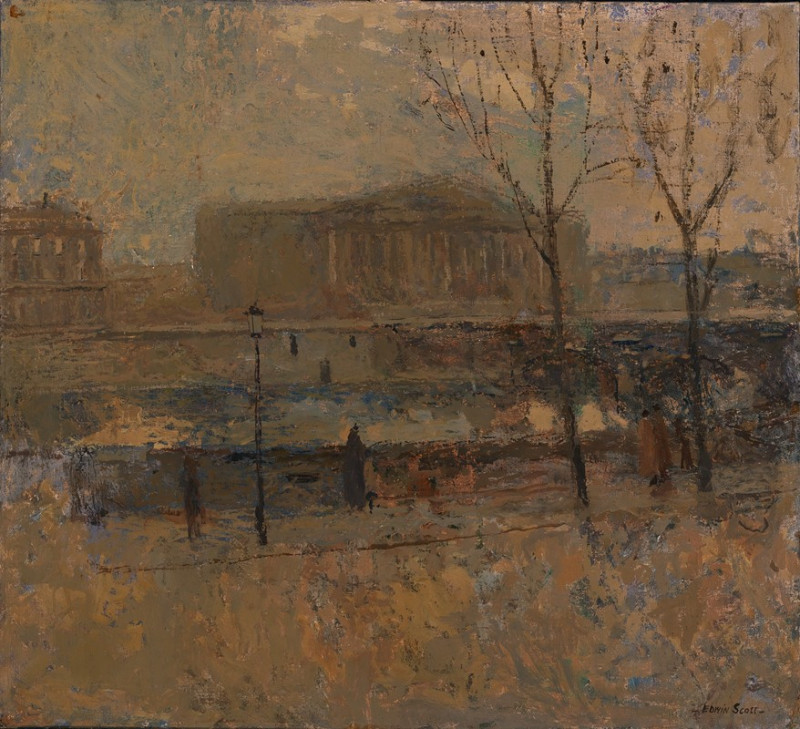
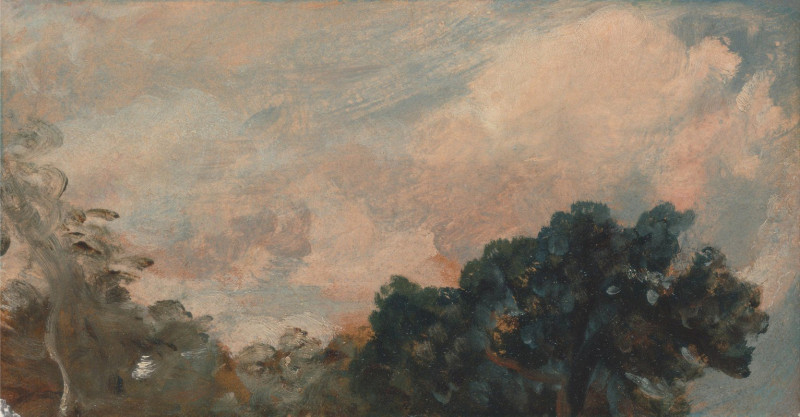

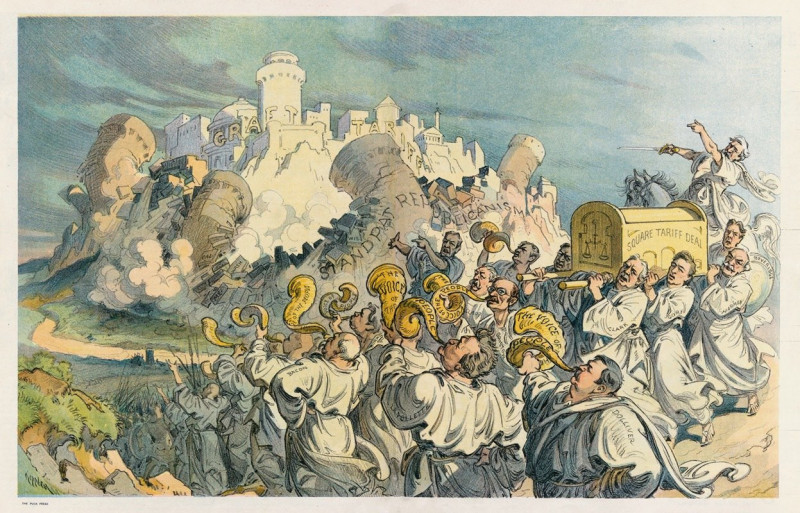
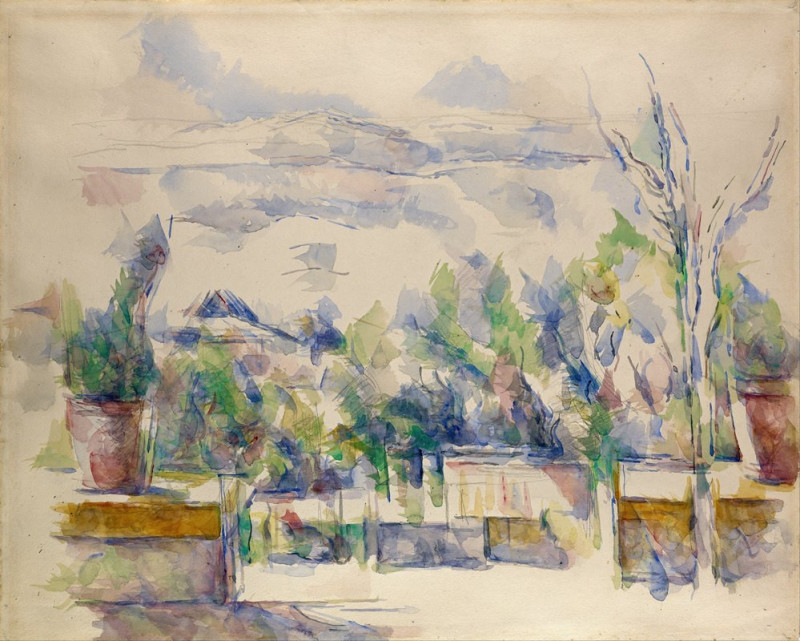
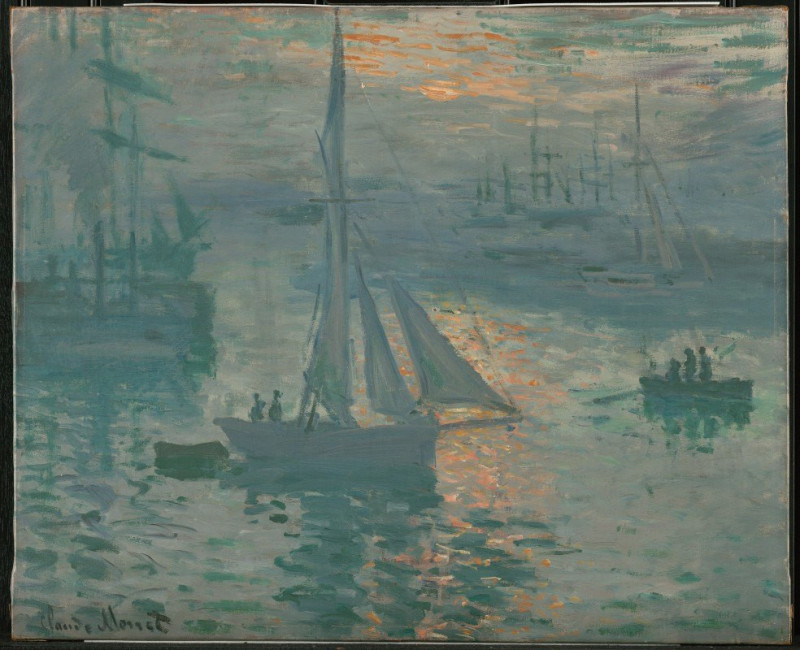
![Siccregully [Sakrigali] (1785) reproduction of painting by Samuel Davis. ALL GICLEE PRINTS](https://reprodukcijos.lt/42656-large_default/reproduction-of-siccregully-sakrigali-1785.jpg)
